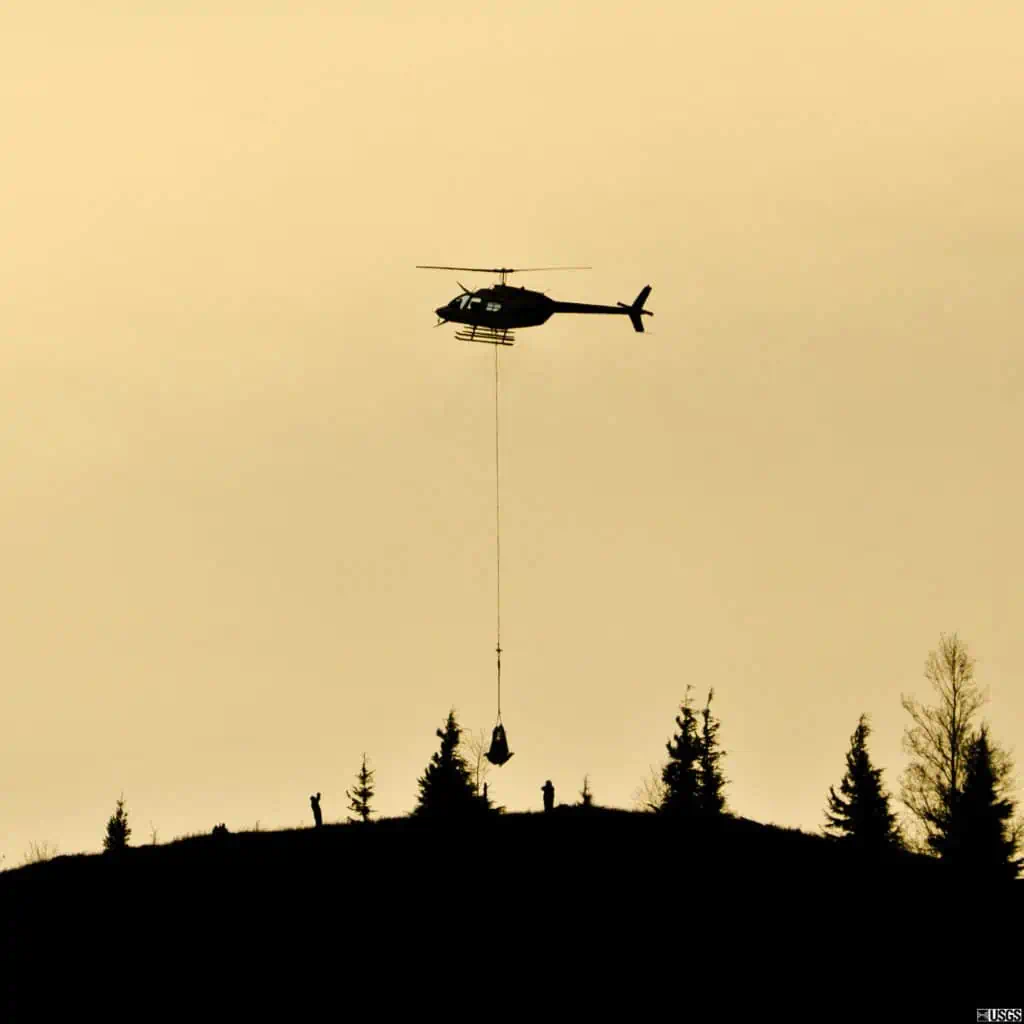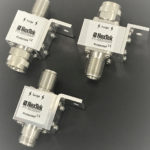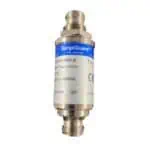News & Events
October 13, 2015
Did You Know? – NexTek Surge Suppressors are used in the Hottest and Coldest Spots on Earth!
NexTek surge protectors are currently in-use all around the world…and we mean it when we say ALL AROUND THE WORLD!
Two interesting examples involve hyper-accurate GPS Sensors that are installed all around the earth in order to track tectonic plate movement of the earth’s crust. In order to get geological and geographical data from all around the planet, these GPS sensors are installed everywhere.
However, as with any type of equipment or installation where a coaxial cable or an antenna is installed outside…Surge protection may be required, and it is not always because of Lightning…Static, EMP, and other types of Transient Threats can be just as damaging!
HOTTEST PLACES ON EARTH: One such example is where the GPS Sensor is actually installed within an active volcanic crater, in order to measure sub-surface lava shifts [deformation] and better understand what is happening to a given volcano underneath the earth’s surface. However, the GPS sensor uses a coaxial cable and a powered GPS antenna…and during delivery by helicopter into the volcano’s crater, a static charge was created by the downdraft of the helicopter’s blades which ended up destroying the attached GPS Receivers on more than one occasion!

Photo: USGS
Delivery of Sensor by Helicopter
When the USGS contacted NexTek for assistance with the problem, we worked through the application details and recommended an FPLNFNFBP05 as a solution which would provide the best-available protection for a DC Pass GPS Receiver application. This type of NexTek protector has been used on this application for >5 Years and the static-related problems have disappeared!
Learn More: Link to USGS Page on Volcanic Ground Deformation Measurement

When UNAVCO approached NexTek for help in solving this problem with static energy, we ended up recommending a couple of protection options (QSSTFTFAU00 and QSSTFTFAD00) to install on the cable run between the external antenna and the internal radios (Satellite Phone and Local 900MHz communication.) These arrestors have helped to ensure maximum uptime/availability of every GPS base station and prevent any further damage from Static/ESD build-up in the dry environment.
Learn More: Link to UNAVCO’s Polar Services Page
Additional Links:
NexTek Market: GPS Timing and Positioning
Application Note: GPS Timing Applications
Get A Free Quote
Or Call 978-486-0582




